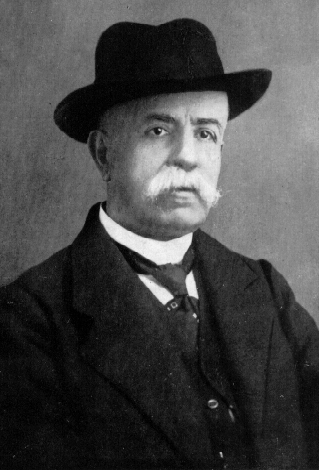
Gregorio Ricci-Curbastro was an Italian mathematician. He is most famous as the discoverer of tensor calculus.

Count Adelardo Tommaso Salvadori Paleotti was an Italian zoologist and ornithologist.
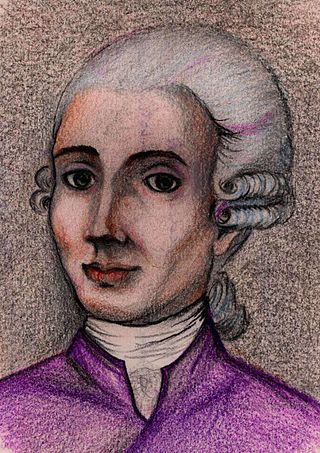
Giovanni Francesco Giuseppe Malfatti, also known as Gian Francesco or Gianfrancesco was an Italian mathematician. He was born in Ala, Trentino, Holy Roman Empire and died in Ferrara.
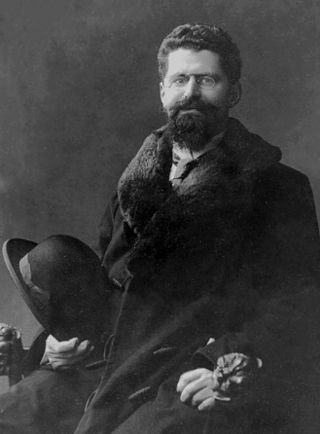
Francesco Severi was an Italian mathematician. He was the chair of the committee on Fields Medal on 1936, at the first delivery.

Achille Costa was an Italian zoologist working mainly in entomology who was appointed director of the Zoological Museum of Naples. He founded the entomological collections in Naples and described many new species.

Mauro Picone was an Italian mathematician. He is known for the Picone identity, the Sturm-Picone comparison theorem and being the founder of the Istituto per le Applicazioni del Calcolo, presently named after him, the first applied mathematics institute ever founded. He was also an outstanding teacher of mathematical analysis: some of the best Italian mathematicians were among his pupils.
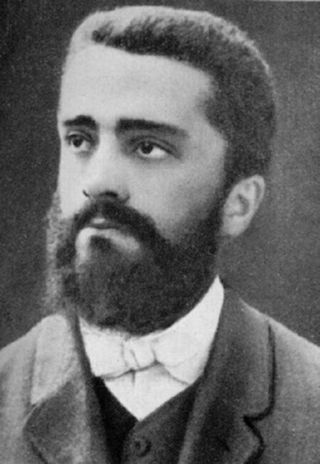
Eugenio Elia Levi was an Italian mathematician, known for his fundamental contributions in group theory, in the theory of partial differential operators and in the theory of functions of several complex variables. He was a younger brother of Beppo Levi and was killed in action during First World War.
The Accademia Nazionale delle Scienze, or more formally L'Accademia Nazionale delle Scienze detta dei XL, and also called the Accademia dei XL, is Italy's national academy of science. Its offices are located within the Villino Rosso, at the corner of via L. Spallanzani and via Siracusa, Villa Torlonia, Rome.

Gaetano Fichera was an Italian mathematician, working in mathematical analysis, linear elasticity, partial differential equations and several complex variables. He was born in Acireale, and died in Rome.

Antonio Signorini was an influential Italian mathematical physicist and civil engineer of the 20th century. He is known for his work in finite elasticity, thermoelasticity and for formulating the Signorini problem.
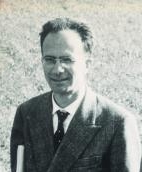
Guido Zappa was an Italian mathematician and a noted group theorist: his other main research interests were geometry and also the history of mathematics. Zappa was particularly known for some examples of algebraic curves that strongly influenced the ideas of Francesco Severi.
Accademia often refers to:
Dionigi Galletto was an Italian mathematician and academician.

Luigi Amerio, was an Italian electrical engineer and mathematician. He is known for his work on almost periodic functions, on Laplace transforms in one and several dimensions, and on the theory of elliptic partial differential equations.
Carlo Miranda was an Italian mathematician, working on mathematical analysis, theory of elliptic partial differential equations and complex analysis: he is known for giving the first proof of the Poincaré–Miranda theorem, for Miranda's theorem in complex analysis, and for writing an influential monograph in the theory of elliptic partial differential equations.

Giambattista Magistrini was an Italian mathematician.
Gianfranco Cimmino was an Italian mathematician, working mathematical analysis, numerical analysis, and theory of elliptic partial differential equations: he is known for being the first mathematician generalizing in a weak sense the notion of boundary value in a boundary value problem, and for doing an influential work in numerical analysis.
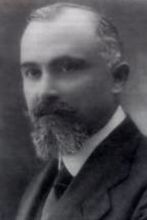
Orazio Tedone was an Italian mathematical physicist. He is perhaps best known for the Larmor–Tedone formulae for solving Maxwell's equations.
The following is a timeline of the history of the city of Verona in the Veneto region of Italy.

Girolamo Saladini was an Italian mathematician.













